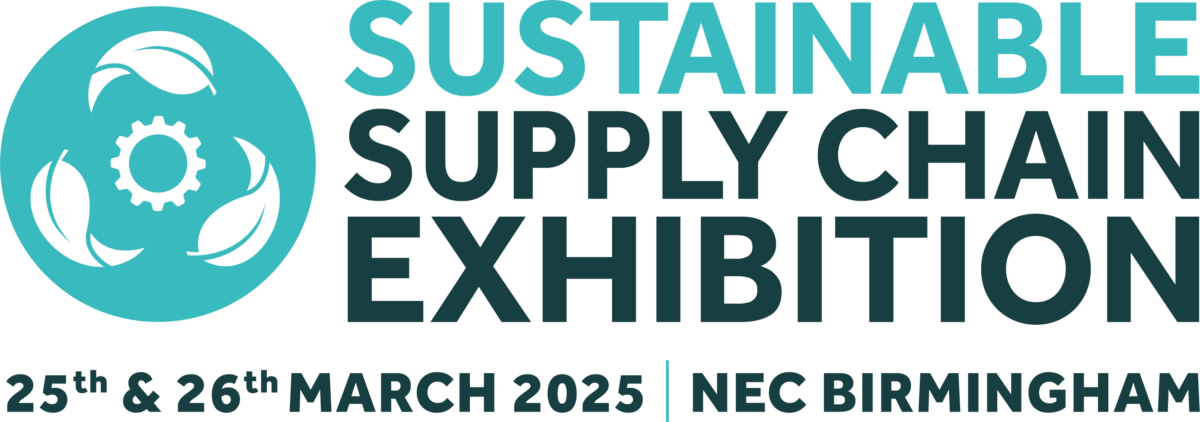Earlier this month the mayors of four of the world’s biggest cities, Paris, Mexico City, Madrid and Athens committed themselves to banning all diesel vehicles by 2025.

They argue that, worldwide, three million deaths a year are linked to outdoor air pollution.
Anne Hidalgo, mayor of Paris and chair of the C40 Cities Climate Leadership Group, said: “Today, we stand up to say we no longer tolerate air pollution and the health problems and deaths it causes – particularly for our most vulnerable citizens. Big problems like air pollution require bold action, and we call on car and bus manufacturers to join us.”
While these four cities have taken the lead on this, it is certain that others will join them before long. In London, for example, a group called Doctors Against Diesel are pressing mayor Sadiq Khan to follow suit. Khan already has plans for an ultra low emission zone from 2020.
This latest move reflects a significant ramping up of the pressure for change. In a similar vein, earlier this year a group of leading global brands called on the European Commission to accelerate the introduction of energy efficiency standards for road transport.
And, when companies like Nestlé, Philips, DB Schenker, Deutsche Post DHL and IKEA, demand action, then European Commission president Jean-Claude Juncker is bound to take notice.
It’s worth pointing out at this point that there are two different, but related, concerns here – the need to reduce greenhouse gases, and in big cities particularly, the need to reduce particulates and Nox.
Much of the discussion about city transport currently concerns diesel cars and buses and moving to electric, hydrogen and hybrid alternatives. But commercial vehicles are also going to feel the effect.
Together, the growing campaigns on these issues are going to have a massive impact on how logistics is done in large cities over the coming years.
Of course, some organisations have been working on alternatives to diesel already. DHL for example, says that some 4,400 of its 92,000 vehicle worldwide are using alternative fuels. In the US, UPS has more than 7,200 vehicles using alternative fuels including all-electric, hybrid electric, hydraulic hybrid, ethanol, compressed natural gas (CNG), liquefied natural gas (LNG), propane, renewable natural gas (RNG)/biomethane, and light-weight fuel-saving composite body vehicles.
But, even for those that are working on change, the message of these recent events is clear: the timescale for change is shortening. Organisations need to be planning for change now.






